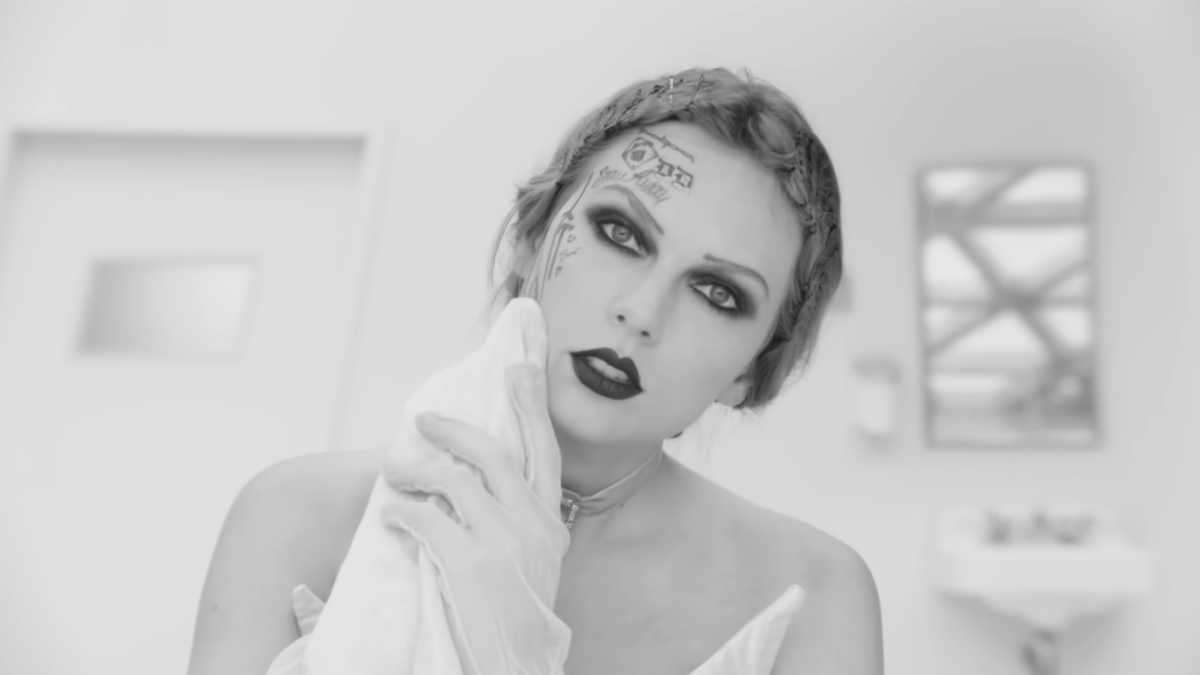
This year the Cato Institute held an event artistic exhibition called “Freedom: Art as The Messenger.” Visitors could enjoy pieces specially commissioned by contemporary artists to represent what freedom means to them.
But if such an exhibition had included historical works, which piece of art would most accurately express the very idea of freedom? The answer is in one of the best art museums of the world, in a country known as a home of religious toleration, commerce, and limited central government. The remarkable Rijksmuseum in Amsterdam houses Rembrandt van Rijn’s The Night Watch (1642).

Notably, The Night Watch is a group portrait. Although freedom is often perceived as an individual (personal) quality, its maintenance and protection require group efforts. Regardless of how free, talented, creative, independent, or strong an individual is, alone he or she is unable to protect his or her property and loved ones in a clash with a band of gangsters, regardless of whether those gangsters are a private enterprise or agents of a state. Collective efforts are necessary to protect personal freedom.
Secondly, it is a group portrait of people with equal legal status, which is a fundamental element of the rule of law. Until the second quarter of the 16th century, virtually all group portraits had a hierarchical structure emphasizing the top or central position on canvas of one or a few central figures—gods, apostles, saints, heroes, monarchs, or representatives of the nobility, with their companions, subordinates, assistants, or servants placed somewhere aside and below.
The new genre of group portrait was the result of a revolutionary new phenomenon at the time Rembrandt was painting. Specifically, he depicts the appearance and the strengthening of the legal equality of burghers, who were the residents of the city-states in the epoch of High Renaissance and Early modern period.
The Night Watch reminds us that freedom, rule of law, and democracy are mutually intertwined. The musketeers have commanders, but the commanders are not appointed by higher authorities—they are elected by the militia members themselves. And if necessary, the commanders could be removed, leaving the musketeers to choose new ones.
It shows us that freedom is something one must defend. After all, it is a portrait of armed men. It visually represents the U.S. Second Amendment and the similar enshrinement of the right to bear arms in Switzerland, Israel, and other free countries, where it is held that a free man is an armed man.
Rembrandt’s masterpiece also illustrates the beauty of independence and self-sufficiency. Its subjects are personally and financially independent from the state. As members of the Amsterdam’s militia, they did not receive any salary from the government or the municipal authorities.
Before becoming Kloveniers (musketeers) each had built a successful business: among the guards in the picture are a fabrics trader, a deacon of the reformist church, and the head of the city almshouse, while the captain would later become the burgomaster of Amsterdam. Their wealth allowed them not only to join the militia, but also to finance the acquisition of weapons, horses, equipment, and other premises needed to sustain the necessary level of their professional training, and if demanded, to directly conduct military actions.
The business of creating the painting itself was a triumph of economic freedom. The painting was not produced on the order of a king, a stadtholder, or a government. Its creation was funded privately by all 18 members of the Kloveniers company themselves, with 100 gold guilders from each paid to Rembrandt.
Finally, even the popular title (The Night Watch is officially known as Militia Company of District II under the Command of Captain Frans Banninck Cocq) of the painting carries a lesson. Some libertarians would argue that the role of a night watchman which deals only in defending its citizens and protecting law and order is exactly the way the state should function.
No other well-known work of art claiming to reflect the idea of freedom seems to withstand a real competition with The Night Watch. For example, take a look at Eugène Delacroix’s Liberty Leading the People.

The democratic layout of the Dutch group portrait contrasts with the hierarchical composition of French painting. In Delacroix’s work, Marianne dominates the scene and others are subordinate to her. Even the painting’s title is revealing: Liberty Leading the People, suggesting that people need to be led.
If Delacroix urges people to sacrifice their well-being and even themselves for the sake of attractive but uncertain symbol, then Rembrandt demonstrates with solid conviction an organized armed force capable and freely prepared to protect the livelihood of their fellow citizens and themselves, with no sacrifice required.
On the 350th anniversary of Rembrandt’s death, the Dutch master still remains unsurpassed in his ability to visually represent freedom. He showed us that freedom is not an abstract concept, but something that men and women have been seeking to protect for centuries.









